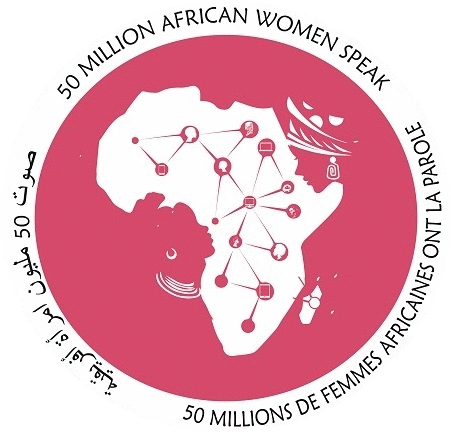Introduction - Kenya
- Kenya
- Resources
- Market Information
- Cross Border Trade
- Cross Border Trade
Quick information guide
Incentives for cross border trade:
Between EAC Partner States
- Tariff and Non-Tariff Barriers to trade are continuously being eliminated, making cross border trade easier;
- Re-exports are exempted from the payment of import or export duties;
- The East African Community (EAC) Common Market Protocol facilitates the free movement of people and factors of production;
- Trade information and documentation has been by simplified, standardized and harmonized to facilitate trade in goods;
- Price and demand factors for goods and services across border
Between COMESA Member States
- Establishment of Free Trade Area has facilitated:
- Reduction of tariff and non-tariff barriers;
- Liberalisation of import licensing;
- Removal of foreign exchange restrictions;
- Import and export quotas;
- Easing of customs formalities;
- Creation of one-stop border posts;etc
- COMESA virtual trade facilitation, an online system that integrates other COMESA trade facilitation instruments in one platform. It also helps to monitor consignments along different transport corridors across the region. Read more
- Trade information and documentation has been simplified, standardized and harmonized to facilitate trade;
- Price and demand factors for goods and services across borders
Contacts
Ministry of Interior and Coordination of National Government
Department of Immigration Services Nyayo House 20th floor,
Kenyatta Avenue/Uhuru Highway
P.O Box 30395 – 00100 Nairobi.
Tel: +254 20 2222022
Email: dis@immigration.go.ke
Cross border trade information
It is often dominated by women who trade in agricultural and livestock products therefore creating employment and supporting livelihoods.
“Traders generally exchange small quantities of modest value, due to a variety of constraints including limited financing, poor-quality inputs, low capacity, lack of machinery, and inefficient marketing and distribution channels, among others”. Read more
Introduction
Research by the Collaborative Centre for Gender and Development indicates that most cross-border traders within the East African region are women. It is further reported that these women operate informally, are not registered as traders and neither do majority belong to any trading, business or agricultural society.
Women traders do not use available formal systems/structures for most of their transactions. This makes it difficult for regional trade policy initiatives, such as the EAC Customs Union, to have any significant impact on this informal trade by women.
Cross border trade in East African mainly comprises of individual traders selling their farm produce at the nearest markets often in the search for better prices than what is offered in the immediate local markets. Operating in an informal setting, cross border women trader face the several barriers that affect the free traders and their merchandise.
To address these challenges, policy and institutional reforms have put in place various mechanisms to respond to the needs of women informal cross-border traders by creating an enabling environment for traders to operate profitably and safely.





